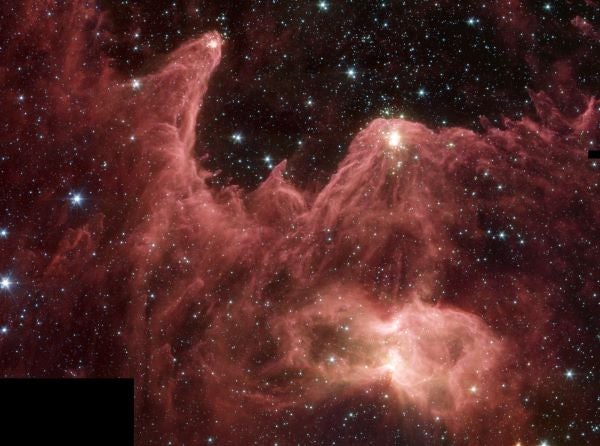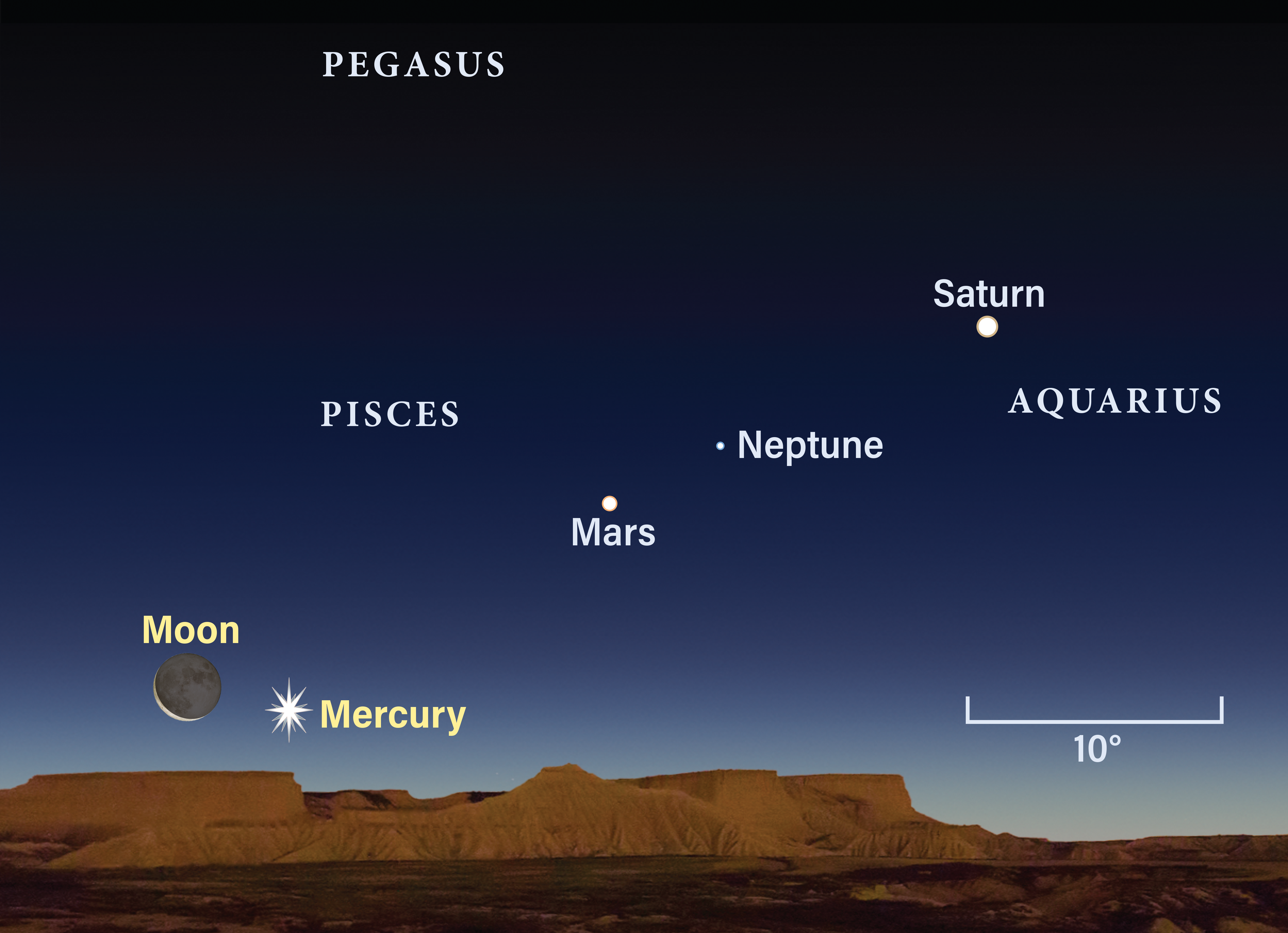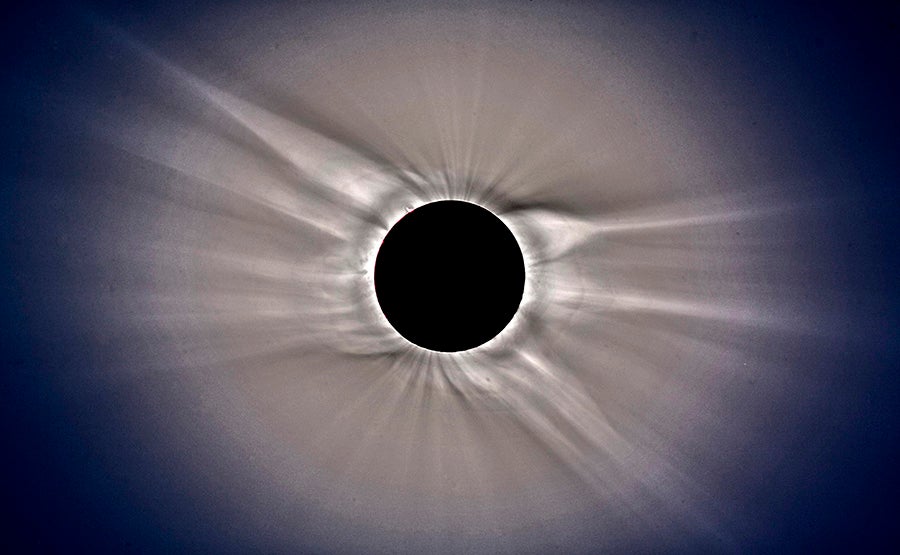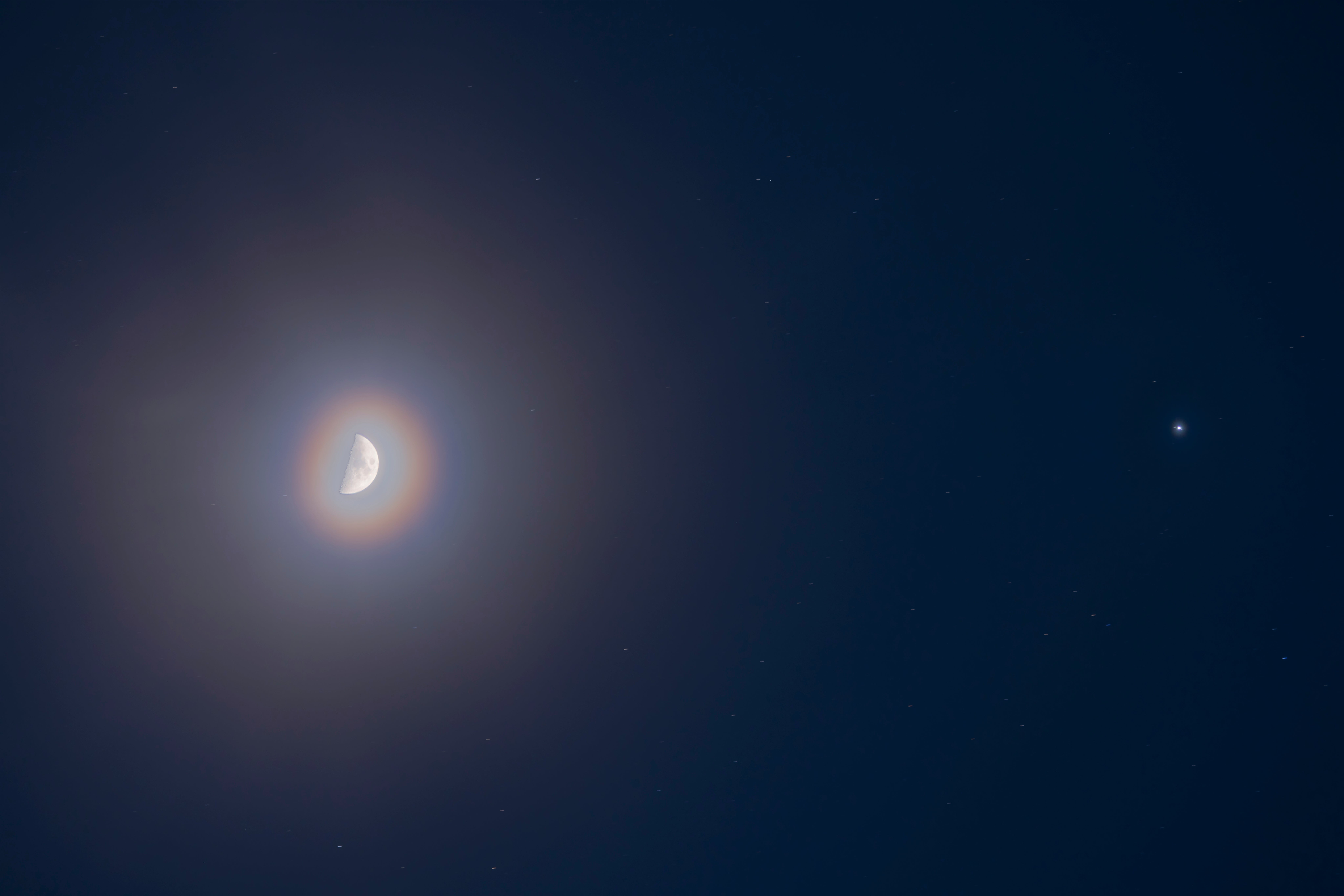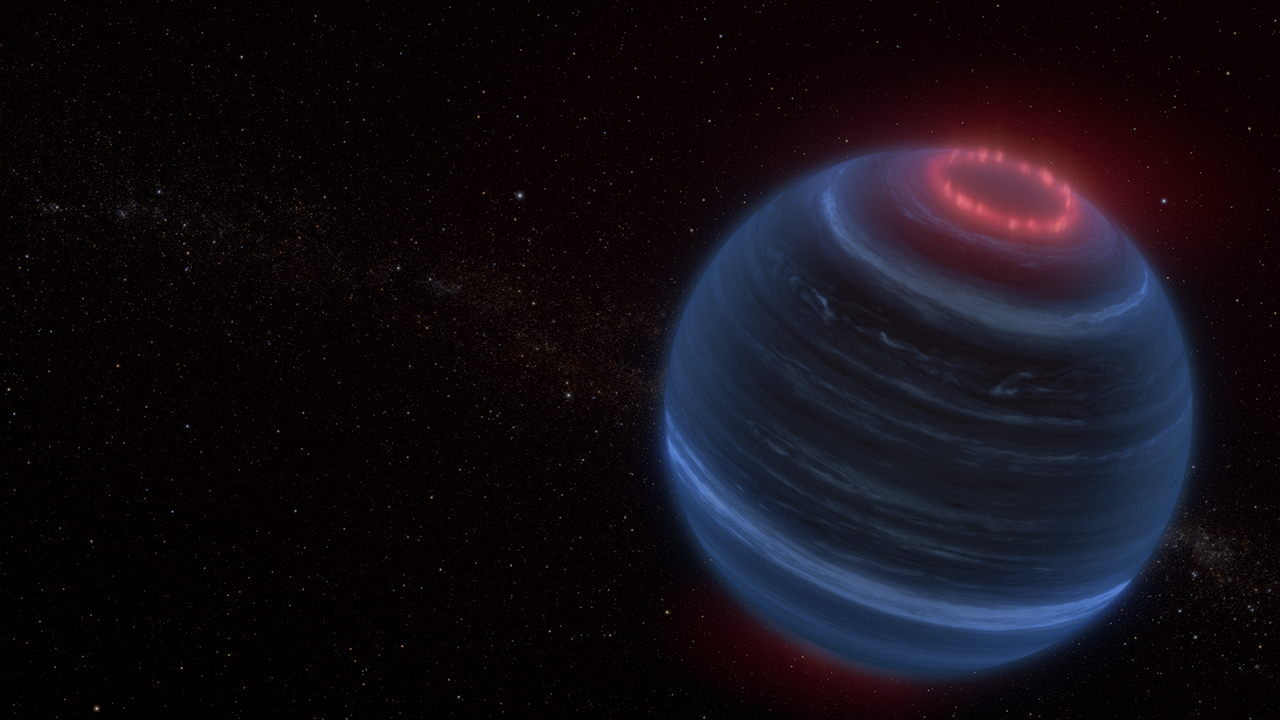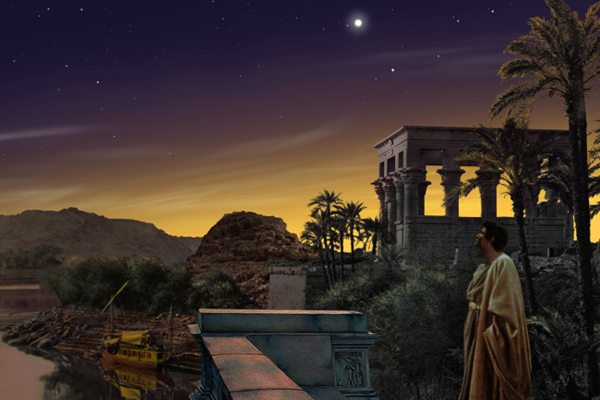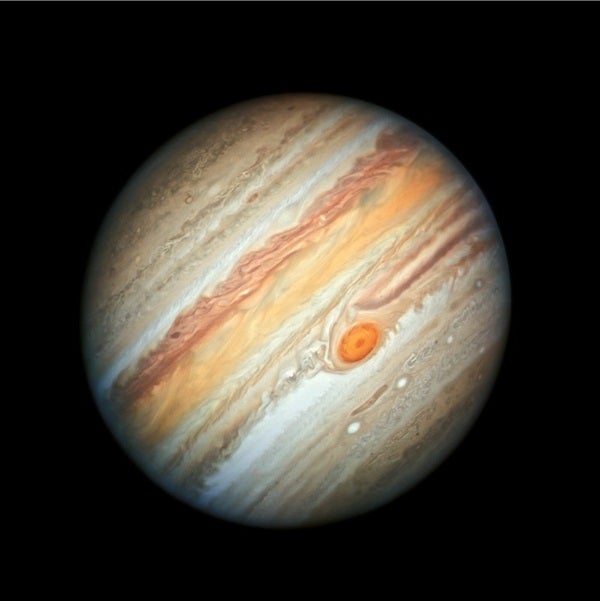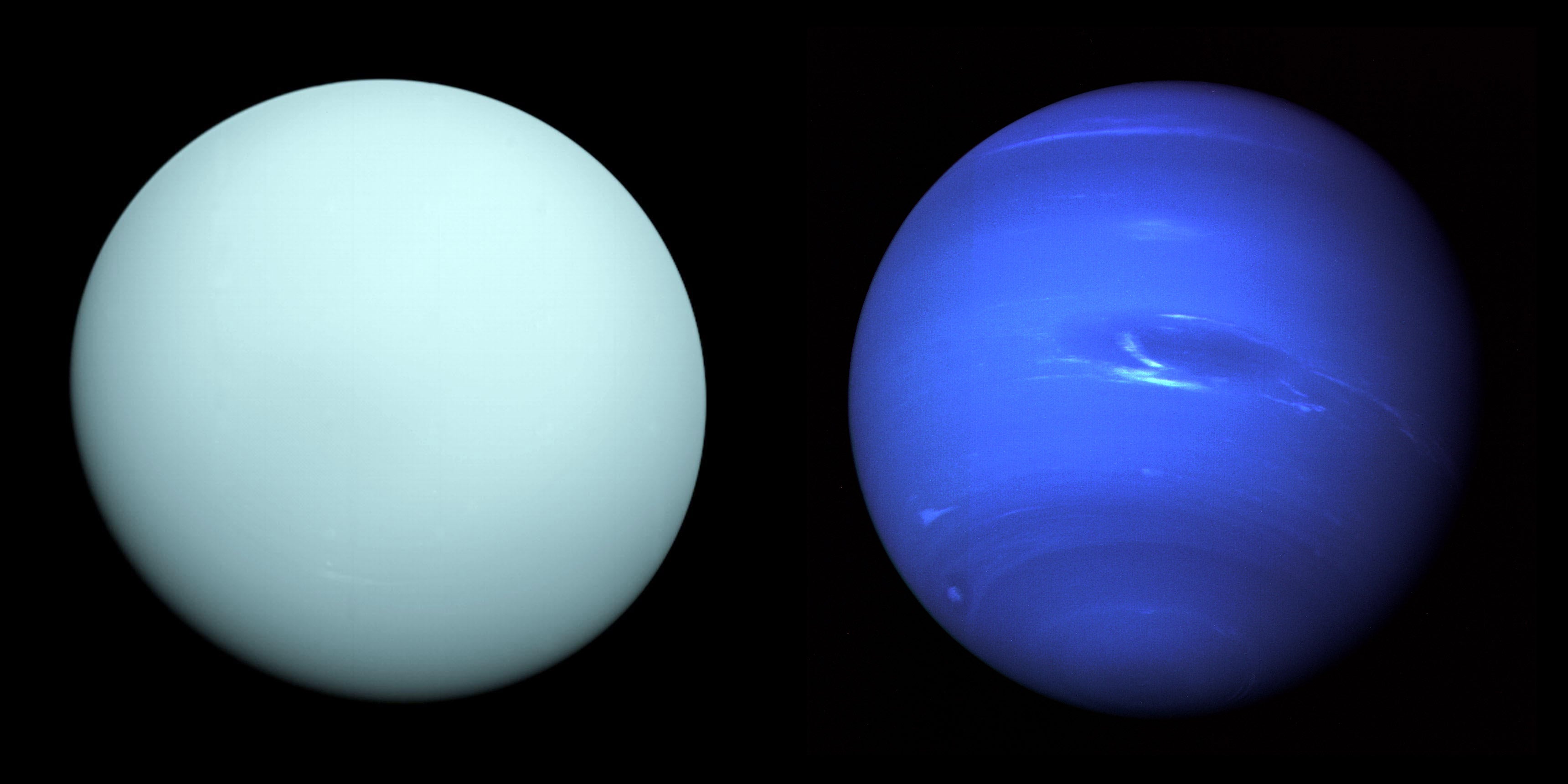Question: The Sun orbits the center of our galaxy in a clockwise direction, but the planets in the solar system orbit the Sun in a counterclockwise direction. Why is this?
Answer: The planets of our solar system orbit the Sun in a counterclockwise direction (when viewed from above the Sun’s north pole) because of the way our solar system formed. Our Sun was born from a cloud of dust and gas, the remnants of which — called the solar nebula — became the planets. As that cloud collapsed into the Sun, it also began to spin. It’s a matter of chance that it ended up spinning in a counterclockwise direction when viewed from the top down.
So, our solar system could just have easily formed from a cloud of gas and dust that spun clockwise when viewed from above. Based on astronomers’ observations, there is no preferred direction of spin for collapsing material. Furthermore, there is no preferred orientation for a star’s axis of rotation; once formed, in can spin in the same plane as the Milky Way’s rotation, perpendicular to it, or at any orientation in between. Another way of saying this is that the spin axes (poles) of stars throughout the galaxy appear to point in random directions.
But let’s step back for a moment. When we say that the Sun formed from a cloud of dust and gas, that “cloud” was actually a very small sub-region of a much larger, so-called giant molecular cloud. Giant molecular clouds don’t just form one star, but many — hundreds or thousands. And, in general, the angular momentum and axis of rotation of these giant molecular clouds does tend to be oriented either with (prograde) or against (retrograde) the Milky Way’s rotation. Within these larger clouds, however, things are different. Factors such as turbulence caused by supernova shock waves and magnetic effects that occur when portions of the cloud start collapsing into stars affect the final angular momentum and spin orientation of newborn stars. These interactions can be quite complex, which is likely why stars don’t spin in any one preferred orientation or direction. While a star’s planets will likely all rotate either clockwise or counterclockwise around it, the outcome is more affected by local conditions during the star’s birth than by the rotation of the Milky Way, or even the larger cloud from which the star formed.
[Editor’s note: This article was update Feb. 20, 2023.]

